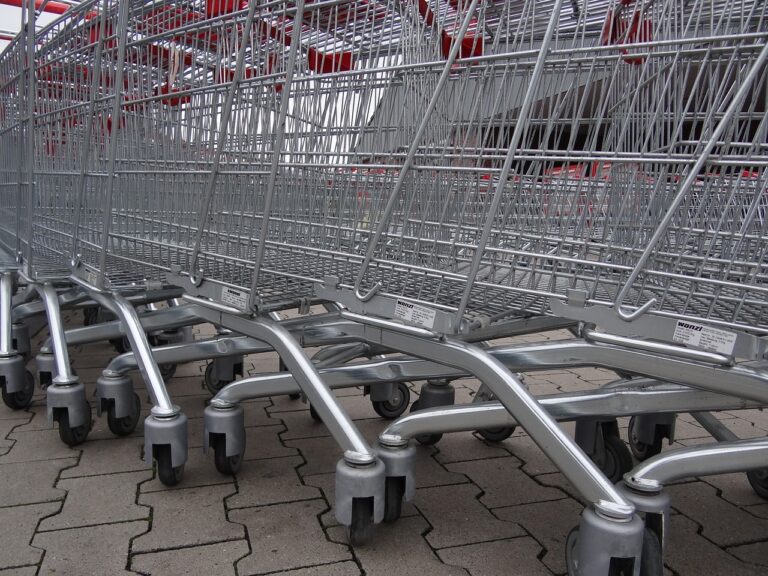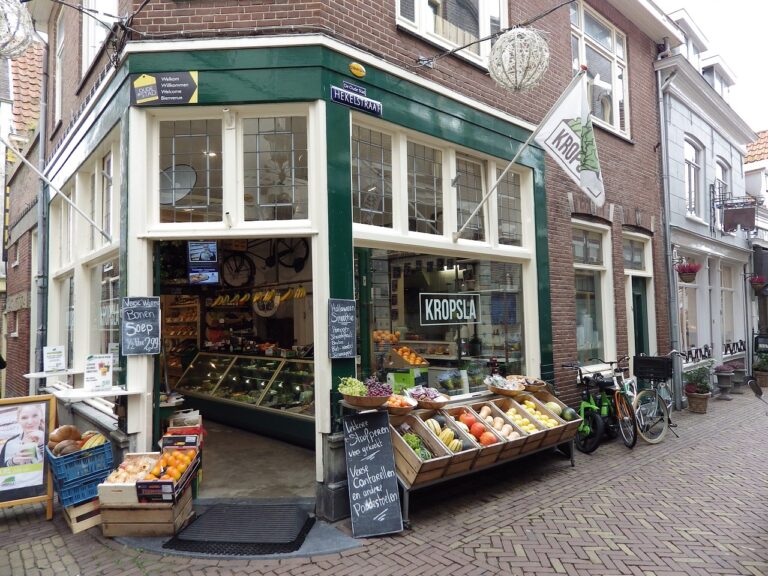Exploring the Market for Smart Sustainable Infrastructure Systems
11xplay com, gold365, skyfairs:As our world becomes more interconnected and technology-driven, the demand for smart sustainable infrastructure systems is on the rise. From smart cities to intelligent transportation systems, there is a growing need for innovative solutions that can help cities and organizations operate more efficiently while minimizing their environmental impact.
Exploring the market for smart sustainable infrastructure systems can be an exciting journey, filled with opportunities to learn about cutting-edge technologies and advancements in the field. With the rise of the Internet of Things (IoT) and artificial intelligence, the possibilities for creating smarter, greener infrastructure are endless.
Here are some key factors to consider when exploring the market for smart sustainable infrastructure systems:
1. Understanding the Benefits: Smart sustainable infrastructure systems offer a wide range of benefits, including increased efficiency, cost savings, and reduced environmental impact. By investing in these systems, cities and organizations can improve their operations and enhance the quality of life for their citizens.
2. Identifying Key Players: The market for smart sustainable infrastructure systems is rapidly growing, with a wide range of companies and organizations developing innovative solutions. By identifying key players in the field, you can stay informed about the latest trends and opportunities.
3. Assessing Market Trends: It’s essential to stay up to date on market trends and developments in the field of smart sustainable infrastructure systems. By keeping an eye on industry news and reports, you can make informed decisions about investment opportunities and partnerships.
4. Evaluating Technology Solutions: There are a variety of technology solutions available for smart sustainable infrastructure systems, including sensors, data analytics, and connectivity tools. It’s important to evaluate these solutions carefully to determine which ones best meet your needs and objectives.
5. Collaborating with Stakeholders: Building smart sustainable infrastructure systems requires collaboration with a wide range of stakeholders, including government agencies, businesses, and communities. By working together, you can create more holistic and effective solutions that benefit everyone involved.
6. Monitoring Performance: Once smart sustainable infrastructure systems are in place, it’s important to monitor their performance and track key metrics to ensure they are meeting their intended goals. By collecting data and analyzing results, you can make adjustments as needed to optimize system performance.
Overall, exploring the market for smart sustainable infrastructure systems is an exciting journey that offers a wealth of opportunities for innovation and collaboration. By staying informed about market trends, evaluating technology solutions, and collaborating with stakeholders, you can help create a smarter, greener future for our cities and communities.
—
**FAQs**
1. What are smart sustainable infrastructure systems?
Smart sustainable infrastructure systems are innovative solutions that leverage technology to improve efficiency, reduce costs, and minimize environmental impact in cities and organizations.
2. What are some examples of smart sustainable infrastructure systems?
Examples of smart sustainable infrastructure systems include smart grids, intelligent transportation systems, and energy-efficient buildings.
3. How can smart sustainable infrastructure systems benefit cities and organizations?
Smart sustainable infrastructure systems can benefit cities and organizations by improving operations, reducing costs, and enhancing the quality of life for residents and employees.
4. What are some challenges associated with implementing smart sustainable infrastructure systems?
Challenges associated with implementing smart sustainable infrastructure systems include high upfront costs, technology integration issues, and data security concerns.







